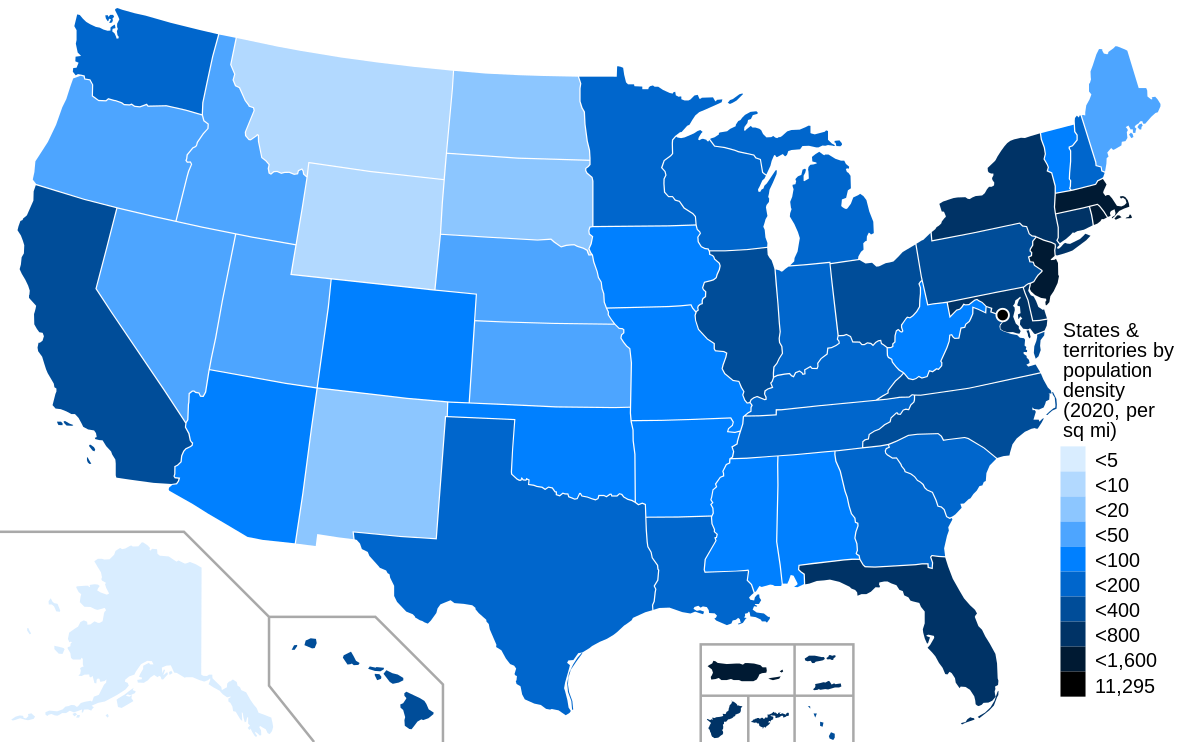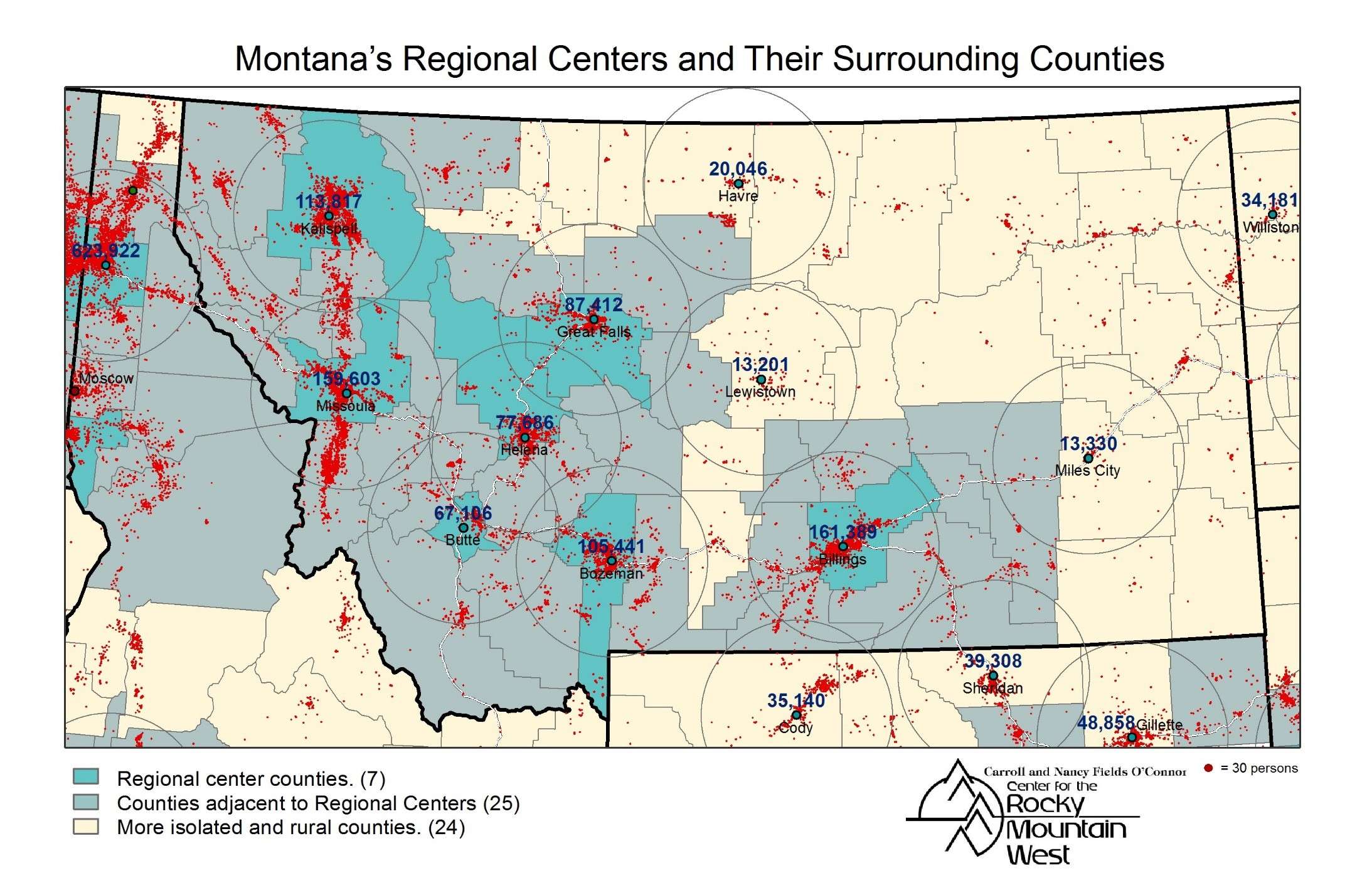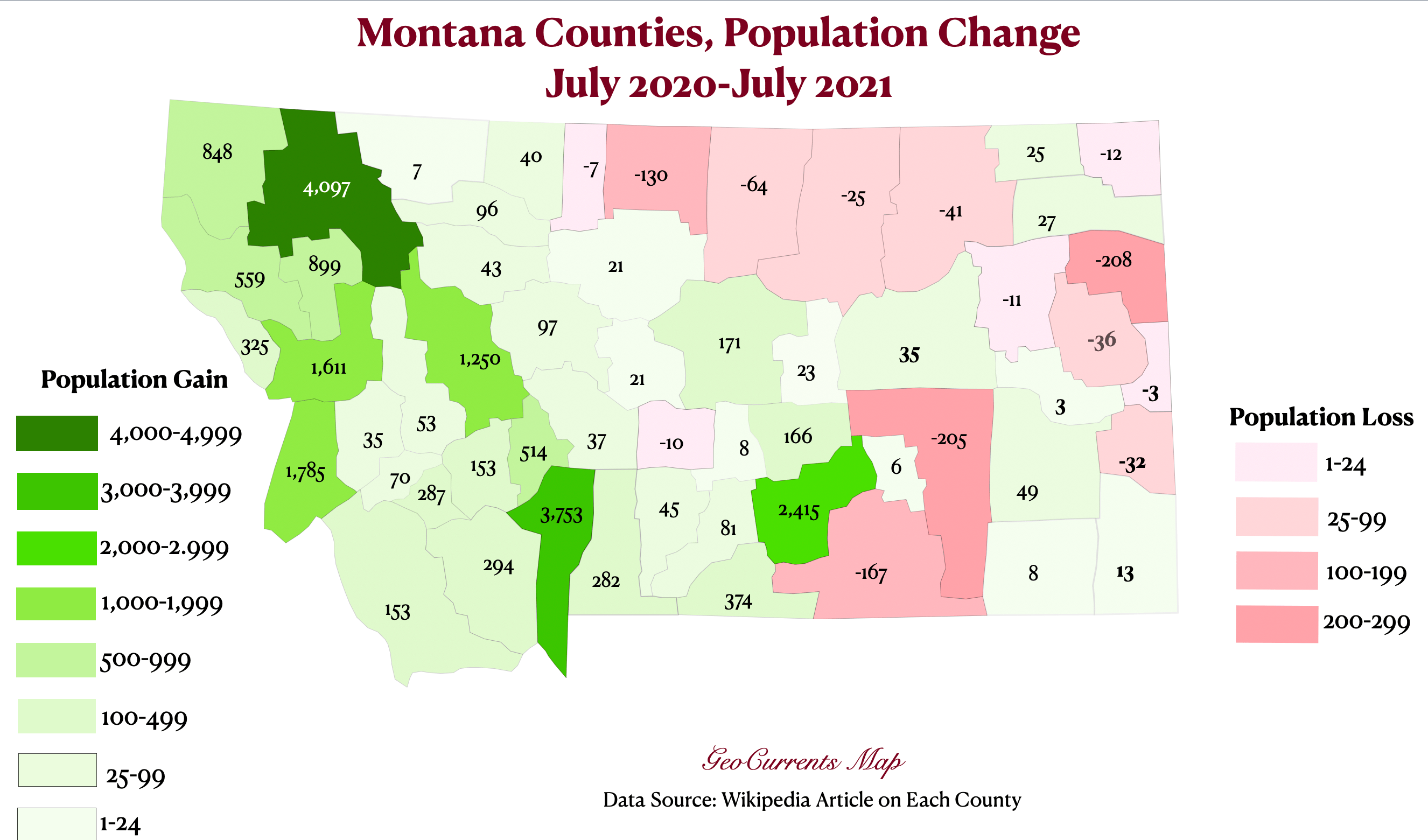Imagine living in Montana, one of the largest states in the US with a surprisingly low population density. In this vast expanse of land, off-grid living is legal, but it might not be as straightforward as it sounds. The local climate and cost of living can pose challenges, and residents often find themselves stockpiling food and emergency kits to brave the unforgiving winter conditions. While Montana incentivizes solar and wind power systems, the climate might not be ideal for solar energy. However, the state boasts a variety of crops, with wheat being the most common, and is teeming with diverse wildlife. Road access can be tricky in winter, and living in remote areas may necessitate 4×4 vehicles or snowmobiles. The cost of land and housing is around the national average, along with a lower property tax rate, and the cost of living is lower than the national average. However, it’s worth noting that Montana has a higher crime rate compared to the rest of the country. Natural disasters like winter storms, ice storms, and floods are also a part of life here. Despite the challenges, Montana is regarded as one of the best states for off-grid living, along with Alaska and Wyoming. Living off the grid in Montana requires adherence to local regulations and obtaining necessary permits, including the construction of legal outhouses that meet health and sanitation requirements.

Geographic Overview
Montana is a vast state located in the western region of the United States. It is known for its expansive landscapes and low population density. Covering an area of approximately 147,040 square miles, Montana is the fourth largest state in the country. Despite its large size, Montana has a relatively small population compared to other states, with an estimated population of just over one million people. This results in a low population density, making Montana a place where you can truly experience the beauty and tranquility of nature.
Challenges of Off-Grid Living
Living off the grid in Montana comes with its own set of challenges. While it is legal to live off-grid in the state, the local climate and cost of living may present difficulties. Montana experiences cold winters with heavy snowfall, which can make off-grid living more challenging. The harsh weather conditions can impact transportation, making it difficult to travel and access essential services. Additionally, the cost of living in Montana can be higher than in other states, which may pose financial challenges for those looking to live off-grid.

Winter Survival Strategies
Montana winters are known for their severity, so it’s crucial to have effective survival strategies in place. One strategy is stockpiling food and supplies. When living off the grid, it’s important to have a sufficient amount of non-perishable food items and other necessary supplies to last through the winter months when access to stores may be limited. Additionally, creating emergency kits with essential items such as blankets, flashlights, batteries, and first aid supplies is essential for safety during winter.
Transportation can be particularly challenging during Montana winters. Heavy snowfall and icy conditions can make roads impassable, so having alternative methods of transportation, such as snowmobiles or 4×4 vehicles, is crucial. These vehicles are better equipped to handle the challenging terrain and ensure that you can travel when necessary.
Incentives for Renewable Energy
Montana has abundant natural resources that make it an attractive location for renewable energy production. Solar and wind power systems are incentivized in the state, encouraging residents to adopt renewable energy solutions. These incentives can include tax credits, grants, and rebates, which can significantly reduce the cost of installing and maintaining renewable energy systems. However, it’s worth noting that the climate in Montana, particularly in the northern parts of the state, may not be ideal for solar power due to the long, dark winters with limited sunlight.

Agricultural Scene
Montana’s agricultural scene is diverse and plays a vital role in the state’s economy. A variety of crops are grown in Montana, including wheat, barley, oats, lentils, peas, and sugar beets. Wheat farming, in particular, dominates the agricultural landscape, with Montana being one of the leading wheat-producing states in the country. The state’s fertile soil and favorable climate make it an ideal location for wheat cultivation. In addition to wheat farming, other agricultural practices such as ranching and livestock production also contribute to Montana’s agricultural sector.
Water Availability
Water availability in Montana varies depending on the region. Some areas have abundant freshwater resources, such as rivers, lakes, and underground aquifers, while others face challenges due to the semi-arid climate. Semi-arid regions may experience water scarcity, particularly during dry periods. This can pose challenges for off-grid living, as access to water for daily needs, irrigation, and livestock can become more difficult. It’s important to plan and implement water conservation strategies when living off-grid in these regions.

Diverse Wildlife
Montana’s vast landscapes are home to a diverse range of wildlife. One of the most notable wildlife species in Montana is the grizzly bear. These powerful creatures inhabit the state’s forests and mountains, and encounters with them can be both thrilling and potentially dangerous. Another iconic wildlife species in Montana is the moose. These majestic animals can be found in wetland areas and are known for their impressive size and antlers. Elk are also prevalent in Montana, and their bugling calls during mating season can be heard echoing through the mountains.
Accessibility Issues
Living in remote areas of Montana can present accessibility challenges, particularly during winters. Heavy snowfall and icy conditions can make roads impassable, posing difficulties for residents to access essential services and supplies. Winter road maintenance is crucial in ensuring access, but it can still be a challenging task due to the vastness of Montana’s landscapes. In remote areas, where roads may not be regularly maintained, alternative forms of transportation such as 4×4 vehicles or snowmobiles become essential in navigating the snowy terrain.

Cost of Living
The cost of living in Montana is around the national average, making it a relatively affordable place to live. When compared to states with higher costs of living, such as California or New York, Montana offers a more affordable option. Both land and housing prices in Montana are generally lower than the national average, allowing individuals interested in off-grid living to find more affordable options. Furthermore, Montana has a lower property tax rate, contributing to the overall affordability of living in the state.
Legal Considerations
Living off the grid in Montana requires compliance with local regulations and obtaining the necessary permits. Outhouses are legal in Montana; however, they must meet specific health and sanitation requirements to ensure the safety and well-being of the residents. It’s essential to familiarize yourself with the regulations and requirements set by the local authorities to ensure that your off-grid living setup meets the necessary standards.
Obtaining permits for off-grid living may also be necessary, depending on the specific location and the nature of your living arrangements. These permits can help ensure that your off-grid systems, such as solar or wind power installations, are installed following the appropriate guidelines and adhere to safety standards. It’s important to research and consult with local authorities to understand the specific permits and requirements applicable to your off-grid lifestyle in Montana.
Living off the grid in Montana can be an incredible experience, allowing you to embrace a self-sufficient and sustainable lifestyle. However, it’s essential to be aware of the unique challenges and considerations that come with living in this beautiful state. By understanding the legal, climate, and cost-related factors, you can better prepare yourself for off-grid living in Montana and fully enjoy all that this remarkable state has to offer.




